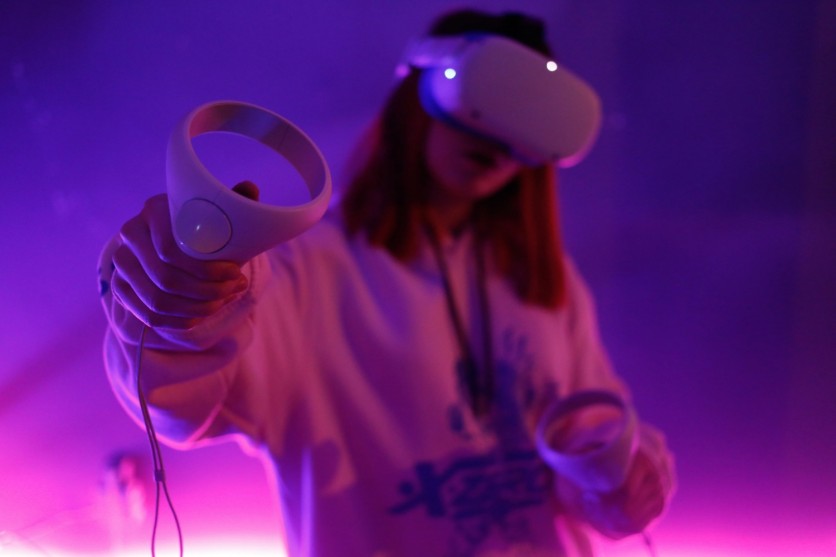Meta's Chief Technology Officer, Andrew Bosworth, recently offered a fascinating glimpse into what the company's VR headsets might look like by 2031. This vision, while not a guaranteed roadmap, sheds light on potential areas of focus for future Meta headsets, codenamed Quest 5 or Quest 6.
Sharper Resolution and Wider Field of View for Enhanced Immersion

One key area of improvement lies in resolution. As Upload VR spotted, Bosworth suggests a target of 40-60 pixels per degree (PPD) - a significant leap from the current Quest 3's 25 PPD. This translates to crisper visuals, especially for text, bringing users closer to human-eye resolution. Additionally, achieving a taller field of view is a priority.
Meta aims to surpass the current Quest 3's 96° vertical field of view, edging closer to the natural 135-150° range of human vision. This wider vertical view promises to enhance immersion, making virtual spaces feel more natural and believable.
Related Article : Meta Quest Headsets Set to Welcome New Just Dance VR in October
Lightweight Comfort for Extended VR Sessions
Comfort remains a crucial factor in VR adoption. At this point, Bosworth focuses on the importance of reducing weight by 100-200 grams from the current Quest 3 (around 400 grams without straps). This lighter design will ensure users can comfortably wear the headset for longer VR sessions without experiencing neck or facial strain.
Meta will likely focus on optimizing weight distribution and minimizing the distance between the optical stack and the user's eyes.
Prioritizing Refresh Rate Efficiency
While acknowledging the appeal of higher refresh rates, Bosworth believes 120Hz, as seen in the Quest 3, remains the sweet spot. Pushing beyond this point might offer diminishing returns, requiring significant trade-offs in terms of other specifications.
Openness to Advanced Audio Solutions
While the Quest 3 features open-ear audio, Bosworth acknowledges limitations with this approach. He suggests the possibility of offering closed-ear options in the future, perhaps through attachments using pogo pins on the headset. This would cater to users who prefer a more immersive audio experience or require noise cancellation in certain environments.
"The compute to run all this stuff thermally, in my opinion, has to be standalone, no wires. I don't want to be seen adding a bunch of things. I'm not saying there's no purpose for it. You can certainly imagine industrial applications," Bosworth says.
Embracing Flexibility and Future Tech
It's important to remember that these are predictions. Technological advancements and market demands might influence Meta's plans. The integration of gaze-foveated rendering, a technology that focuses processing power on the user's point of view, holds promise for further resolution improvements. Moreover, the social media giant might consider offering higher refresh rates as an option for specific use cases, prioritizing flexibility for users.
A World of Possibilities
Bosworth's predictions paint a picture of a future VR headset that prioritizes comfort, visual fidelity, and user choice. With continued technological advancements, Meta's vision for future VR headsets could unlock incredible possibilities, blurring the lines between the virtual and real world.
In the meantime, the waiting game for Meta Quest Pro 2 might take longer time. Back in June, Tech Times reported that it has been under development since November 2023. Delays are inevitable and it might happen once again for this wearable.

ⓒ 2025 TECHTIMES.com All rights reserved. Do not reproduce without permission.




